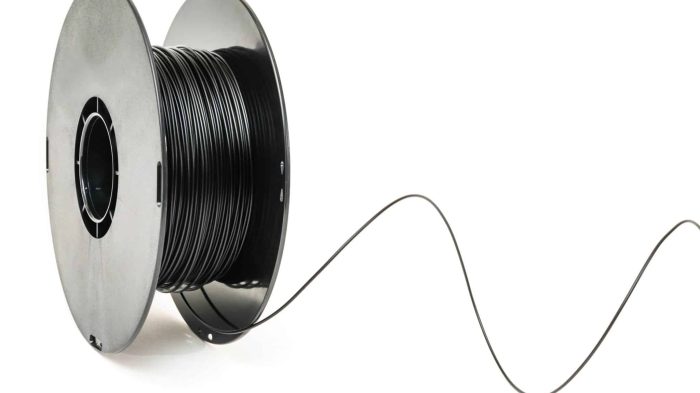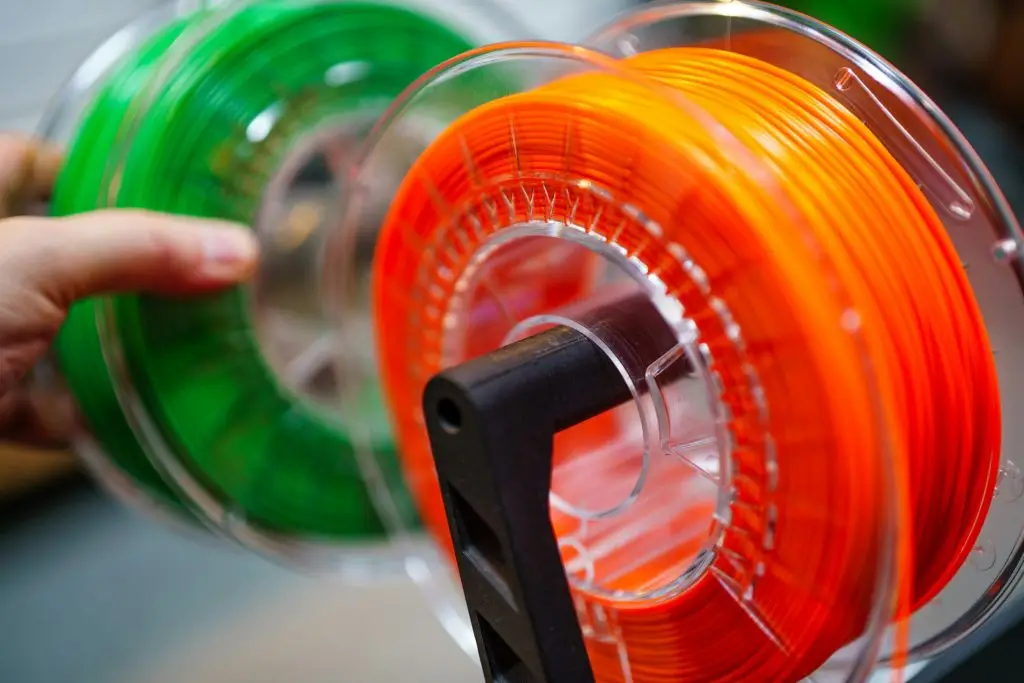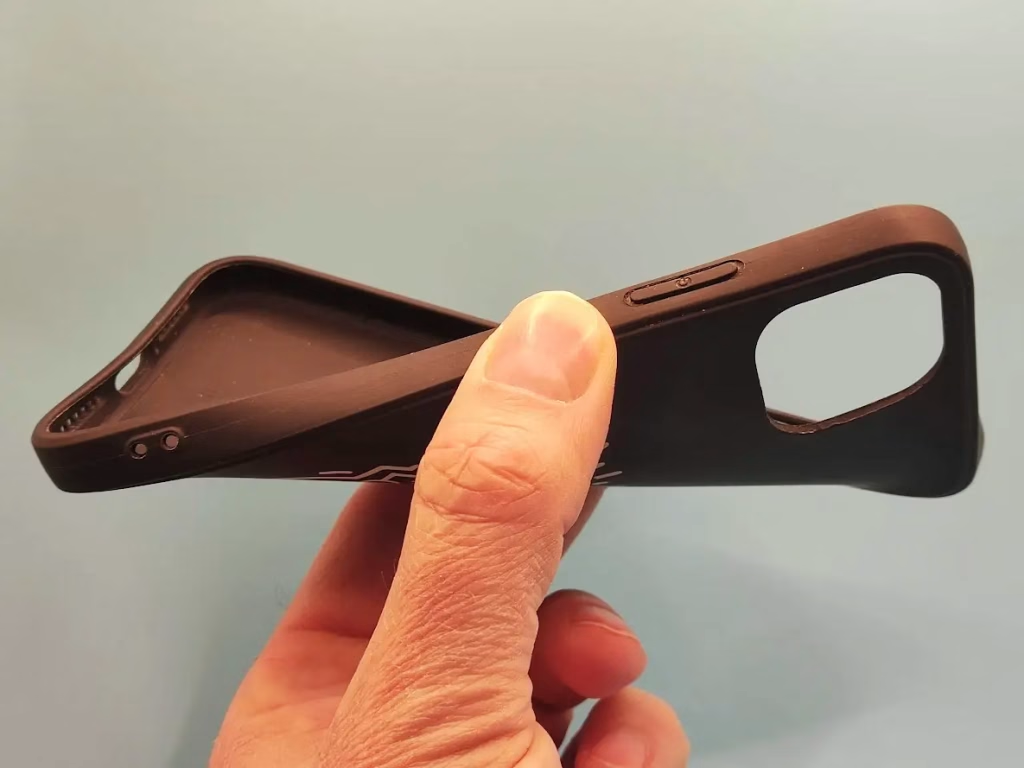Thermoplastic Polyurethane (TPU) filament has become a game-changer in the world of 3D printing. Known for its flexibility, durability, and versatility, TPU filament is a favorite among hobbyists, engineers, and professionals alike.
Whether you’re new to 3D printing or a seasoned expert, this comprehensive guide will cover everything you need to know about TPU filament, from its properties and benefits to tips for printing and applications. By the end of this article, you’ll understand why TPU filament is considered one of the best materials for 3D printing.
What is TPU Filament?
TPU filament is a type of thermoplastic elastomer (TPE) that combines the properties of rubber and plastic. It is known for its exceptional flexibility, elasticity, and resistance to abrasion, oil, and grease. Unlike rigid filaments like PLA or ABS, TPU can bend and stretch without breaking, making it ideal for creating parts that require durability and flexibility.
TPU is classified as a thermoplastic, meaning it becomes pliable when heated and solidifies upon cooling. This property allows it to be melted and extruded through a 3D printer nozzle, layer by layer, to create complex and functional objects.
Key Properties of TPU Filament
- Flexibility and Elasticity
TPU filament is highly flexible, with a Shore hardness typically ranging from 60A to 95A. The lower the Shore hardness, the softer and more elastic the material. This makes TPU perfect for printing parts that need to bend, stretch, or compress, such as phone cases, shoe soles, or gaskets. - Durability
TPU is incredibly durable and resistant to wear and tear. It can withstand impacts, abrasion, and repetitive stress, making it suitable for functional parts that undergo constant use. - Chemical Resistance
TPU is resistant to oils, greases, and many chemicals, which makes it ideal for industrial applications or parts exposed to harsh environments. - Low-Temperature Performance
Unlike some materials that become brittle in cold conditions, TPU retains its flexibility and strength even at low temperatures. - Adhesion and Layer Bonding
TPU has excellent layer adhesion, which ensures that printed parts are strong and cohesive. However, this can also make it slightly more challenging to remove supports. - Biocompatibility
Some TPU filaments are biocompatible, meaning they are safe for use in medical devices or wearables that come into contact with skin.
Advantages of Using TPU Filament
- Versatility: TPU can be used for a wide range of applications, from consumer products to industrial components.
- Ease of Printing: While TPU is more flexible than other filaments, it is still relatively easy to print with, especially on modern 3D printers.
- High-Quality Finish: TPU prints have a smooth, rubber-like finish that feels professional and aesthetically pleasing.
- Functional Performance: TPU parts are not just decorative; they are functional and can withstand real-world use.
Challenges of Printing with TPU Filament
While TPU filament offers many benefits, it does come with some challenges:
- Stringing and Oozing
Due to its flexibility, TPU can be prone to stringing and oozing during printing. This can be mitigated by adjusting retraction settings and printing at the right temperature. - Extrusion Issues
TPU is softer than other filaments, which can cause feeding issues in Bowden tube setups. Direct drive extruders are recommended for smoother printing. - Print Speed
TPU prints best at slower speeds (20-40 mm/s) to ensure accuracy and reduce the risk of extrusion problems. - Bed Adhesion
TPU requires a well-leveled print bed and proper adhesion techniques, such as using a heated bed and adhesive aids like glue sticks or hairspray.
Tips for Successful TPU 3D Printing
- Use a Direct Drive Extruder
A direct drive extruder minimizes the distance between the extruder gear and the hot end, reducing the risk of feeding issues. - Optimize Retraction Settings
Adjust retraction distance and speed to reduce stringing. Start with a retraction distance of 1-2 mm and a speed of 20-30 mm/s. - Print at the Right Temperature
TPU typically prints at temperatures between 210°C and 230°C. Refer to the manufacturer’s recommendations for the specific filament you’re using. - Use a Heated Bed
A heated bed set to 40-60°C improves bed adhesion and prevents warping. - Slow Down the Print Speed
Printing at slower speeds (20-40 mm/s) ensures better control and higher-quality prints. - Enable Cooling Fans
Use cooling fans at around 50% to improve layer adhesion and reduce stringing.
Applications of TPU Filament
TPU filament is used in a wide range of industries and applications, including:
- Consumer Products
- Phone cases
- Watch straps
- Shoe soles
- Toys and figurines
- Industrial Components
- Gaskets and seals
- Vibration dampeners
- Protective covers
- Medical Devices
- Prosthetics
- Wearable devices
- Orthopedic supports
- Automotive Parts
- Bushings
- Hoses
- Cable insulation
- Sports and Outdoor Gear
- Grips and handles
- Protective gear
- Flexible hinges
How to Choose the Right TPU Filament
When selecting TPU filament, consider the following factors:
- Shore Hardness
Choose a hardness level that matches your application. Softer TPU (60A-80A) is ideal for highly flexible parts, while harder TPU (85A-95A) is better for semi-rigid components. - Filament Diameter
Ensure the filament diameter (1.75mm or 2.85mm) is compatible with your 3D printer. - Brand and Quality
Opt for reputable brands that offer consistent quality and reliable performance. - Color and Finish
TPU filaments are available in a variety of colors and finishes, including translucent and matte options.
Conclusion
TPU filament is a versatile and durable material that opens up a world of possibilities for 3D printing. Its unique combination of flexibility, strength, and chemical resistance makes it suitable for a wide range of applications, from consumer products to industrial components. While printing with TPU can present some challenges, following best practices and optimizing your settings will ensure successful prints.
Whether you’re creating functional prototypes, custom wearables, or industrial parts, TPU filament is an excellent choice for bringing your ideas to life. With its growing popularity and continuous advancements in 3D printing technology, TPU is set to remain a top choice for makers and professionals alike.



